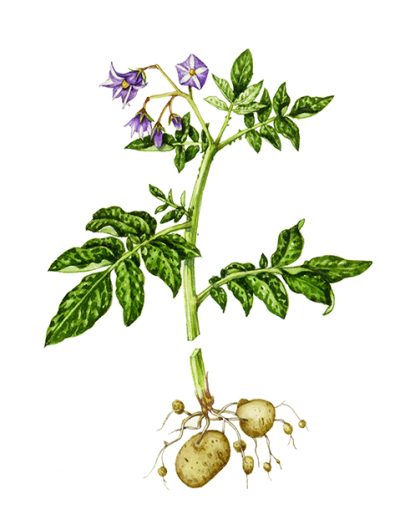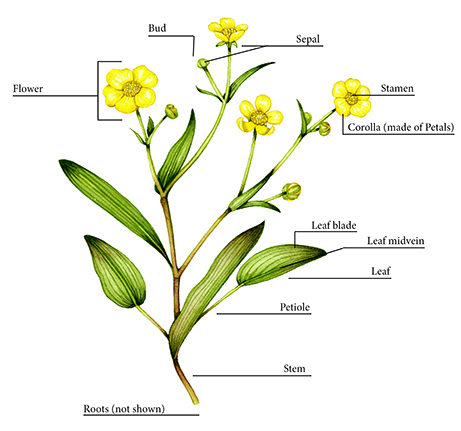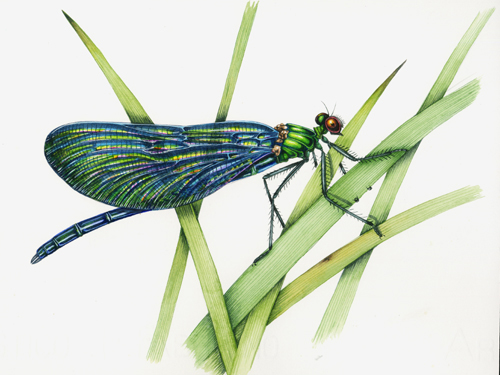Carbon Cycle: A Complicated Illustration
When I was asked to “illustrate the Carbon cycle” for a brochure on gardening and carbon use, by Riksforbundet Svensk Tradgard I wasn’t too perturbed. Easy enough. Four little words. How wrong I was! Overview of the Carbon Cycle Reduced to its simplest form, the Carbon cycle describes the flow of Carbon, and the gas […] Read more






















